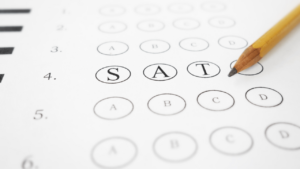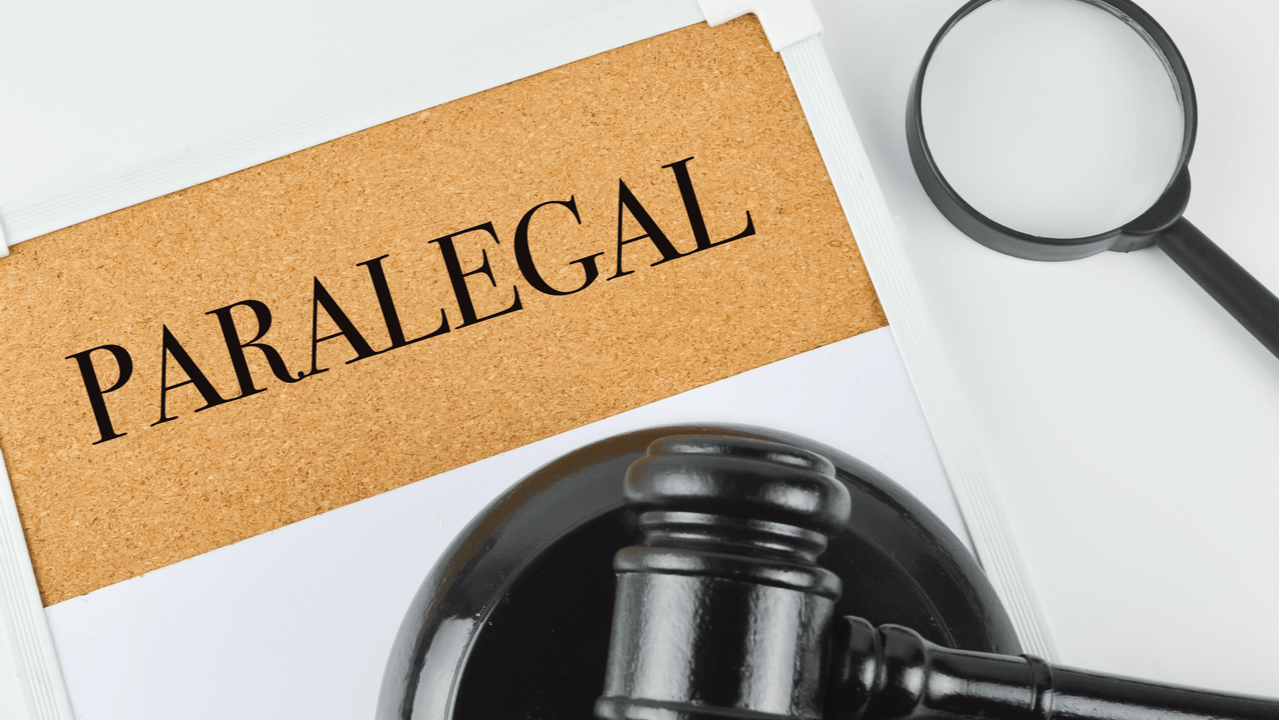The National Curriculum Assessments (or SATs) are taken by the children in England, UK, at the end of Key Stage 1 (Year 2) and Key Stage 2 (Year 6) in May every year. These exams assess the children against expectations related to their age as set out by the National Curriculum. The KS1 SATs exams are marked internally by the teacher, while the KS2 SATs are marked externally. The KS2 are sent away with the results returned to their school around 2 months after the tests.
The SATs measure the educational attainment of children in maths, reading, grammar, punctuation and spelling (GPS or SPAG). The reading test and the writing section tests the punctuation, grammar, spelling, vocabulary, and writing skills of a student. The maths SAT papers , on the other hand, tests the mathematical skills and analytical ability of the SAT aspirant.
Math SAT Papers Section
SAT are the national curriculum assessment tests. The maths SAT papers section has questions from geometry, algebra, algebra, and arithmetic. Year 6 candidates sit for three papers in maths, which are —
1. Paper 1: Arithmetic. 30 minutes long test formed of fixed response questions.
Candidates must answer questions correctly on calculations using the long multiplication and division method.
2. Papers 2 and 3: Reasoning. 40 minutes per paper. These papers include a number of different types of questions, including multiple-choice questions and true or false.
Tips to Ace Maths SAT Papers
The tips to ace the maths SAT papers are as discussed below —
1. Know and Understand Concepts Covered in SAT Maths
The 24 key topics or skills covered in maths SAT Papers are as follows:
– Basic Algebra
- Absolute value
- Single variable equations
- Linear functions
- Systems of linear equations
– Advanced Algebra
- Exponential functions
- Systems of equations with nonlinear equations
- Dividing polynomials
- Solving exponential equations
- Manipulating polynomials
- Quadratic equations
- Function notation
– Problem Solving and Data Analysis
- Ratios and proportions
- Medan, median, mode, standard deviation
- Experimental interpretation
- Scatterplots and graphs
- Categorical data and probabilities
– Additional Topics
- Complex numbers
- Coordinate geometry – lines and slopes
- Coordinate geometry – nonlinear functions
- Geometry – circles
- Geometry – solid geometry
- Geometry – lines and angles
- Geometry – triangles and polygons
- Trigonometry
If there are any topics that the candidate is not aware of, they can mark those topics and study them thoroughly. One can also take practice or previous year maths SAT papers or attempt the test papers to identify the topics they need to prepare or improve in.
2. Memorise Facts and Important Math Formulas
The maths SAT papers include important formulas that are tested through various questions throughout the SAT exam. If a child remembers all the important formulas, no time will be wasted trying to remember them. They can directly put the values provided in the questions and arrive at the answers.
3. Take Many Practice Tests
The official SAT tests are ideal for understanding the question types and also give you an idea about the time duration. They can be used for revision after one completes their SAT exam preparation. Through the SATs practice paper, an individual can work on their concepts and improve their pace.
4. Plug-In Answers to Solve Problems
Sometimes, the candidate may come across some problems in the maths SAT papers that they do not know how to approach or solve. Whenever this happens, plugging in the answers is the best way to solve the math SAT papers to ensure the candidate arrives at the right answer.
If a student looks first at the answers instead of trying to solve the problems from scratch, they will know the range in which the correct answers fall. For instance, if the range spans from 2 to 10, the correct answer cannot possibly be 25.
5. Understand Questions and Solve for the Correct Value
SAT writers often write wordy problems with long sentences. It is a best practice for the candidate to first identify which variable they have to solve and then move forward with the problem.
Paper 1 consists of fixed response questions, where the children have to find the correct answer to calculations, including long division, percentage, decimals, and multiplication.
Maths SATs papers 2 and 3 involve a number of different question types that include
– Multiple-choice questions
– True or false questions
– Constrained questions; for example, finding the answer to a calculation, drawing a shape or completing a chart or a table
– Less constrained questions, where the pupils will have to explain their approach to solving a given problem
Conclusion
SATS are tests students give in primary school in their 2nd year and 6th year. At the end of Year 2, candidates are tested on the English and maths syllabus for Key Stage One, so these are known as KS1 SATs. At the end of Year 6, the children are tested on the English and maths syllabus for Key Stage Two; so, these are known as KS2 SATS. For the English Reading KS2 SATs, there is a grammar and spelling paper. The candidates are given a reading booklet and another separate reading answer booklet. It is 50 marks, and the aspirants have 60 minutes to complete it.
KS2 maths SAT papers have three separate papers — Paper 1 (arithmetic test), Paper 2 (reasoning papers) and Paper 3 (reasoning). The students have 40 minutes to complete Paper 1 – arithmetic paper, and 30 minutes to complete Paper 2 and Paper 3. The marks of all three papers are added for the final mark.
A candidate can practice BODMAS questions through maths SAT practice papers for SATs revision. BODMAS stands for Bracket, Of, Division, Multiplication, Addition and Subtraction. The highest achievable score for KS1 is 115, and for KS2 is 120. The passing mark or expected standard for SATs is 100, whereas 80 is the lowest score that can be awarded.
LeapScholar can help individuals in their test prep and guide them throughout the admission process to colleges abroad, including the visa.
Frequently Asked Question
What are the best preparation books for the maths SAT papers section?
The top preparation books for the math section of SAT are as given below:
1. The 150 Hardest SAT Math Problems Reincarnated for the New SAT
2. Barron’s SAT Math Workbook
3. PWN the SAT Math Guide
4. Dr Jang’s SAT 800 Math Workbook for the New SAT
5. Steve Warner’s SAT Math Series
What are the content areas often covered in the maths SAT papers?
The content areas often tested through the SATs are:
• Solving single-variable equations
• Ratios and proportions
• Scatter plots and graphs
• Manipulating polynomials
• Solving systems of linear equations
• Define and interpret the linear function
• Exponential functions
• Coordinate geometry of nonlinear functions
• Solving quadratic equations
What are the key stages for SAT exams?
Key stages are the groups set up to administer standardised and progressive exams during the education of a child in England and Wales. Each key stage has a certain range of school years assigned. The exams associated with each key stage show how a student is performing in the areas of study that are the targets in the National Curriculum. There is more than one year in a key stage, and the exams are given in the final year of that key stage. They are grouped as below:
Early Years Foundation Stage – ages 3 to 5
1. Key Stage 1 – ages 5 to 7 (Years 1 and 2)
2. Key Stage 2 – ages 7 to 11 (Years 3 to 6)
Secondary School Key Stages
3. Key Stage 3 – ages 11 to 14 (Years 7 to 9)
4. Key Stage 4 – ages 14 to 16 (Years 10 to 11)







